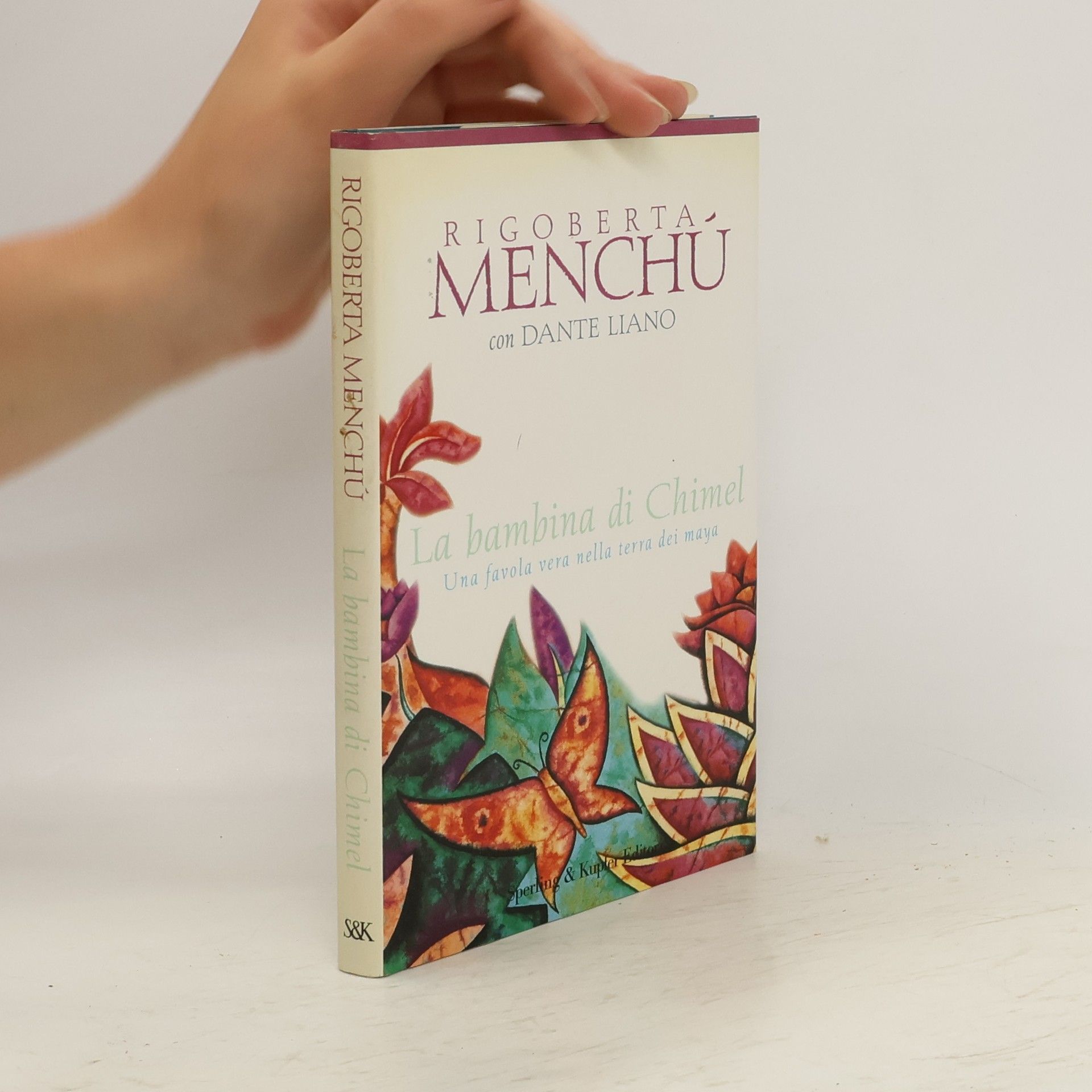The narrative explores the extraordinary journey of Rigoberta Menchu, a young peasant woman from Guatemala, highlighting her struggles against oppression and her fight for indigenous rights. Through her personal experiences, the book delves into the cultural and social challenges faced by the indigenous population in Guatemala, emphasizing themes of resilience, identity, and activism. Menchu's story serves as a powerful testament to the broader struggles for justice and equality in her country.
Rigoberta Menchú Knihy
Rigoberta Menchú Tum is a prominent indigenous activist from Guatemala, dedicated to advocating for the rights and highlighting the struggles of her people, particularly during and after the civil war. Her tireless work has brought international attention to the plight of Guatemala's indigenous communities. She has become a global symbol of indigenous resilience and a powerful voice for social justice.






Mi chiamo Rigoberta Menchú
- 346 stránek
- 13 hodin čtení
Durante l'inverno del 1982 Elisabeth Burgos, sociologa e studiosa di antropologia di origine venezuelana, ha trascorso otto giorni con Rigoberta Menchú, giovane contadina guatemalteca dell'etnia quiché. Dell'incontro sono note le pagine di questo libro che, conservando il fascino del racconto orale, ci trasmette l'esistenza di Rigoberta e della sua gente. Dall'autobiografia al mito, dalla memoria collettiva alla denuncia politica, dal rito religioso alla rivelazione dei fondamenti materiali e culturali del popolo quiché. Una donna indiana impara lo spagnolo e lascia il Guatemala per testimoniare al mondo il tormentato percorso delle popolazioni latino-americane verso l'emancipazione.
La bambina di Chimel
- 96 stránek
- 4 hodiny čtení
Continente desaparecido: Il vaso di miele
La storia del mondo in una favola maya
- 131 stránek
- 5 hodin čtení
The Nobel Peace Price winner tells her own story and that of many Guatemalans; the dreams and nightmares of the people and their land. This is the Mayans' story, how they were devastated by the mercenaries and betrayed by the politicians.
